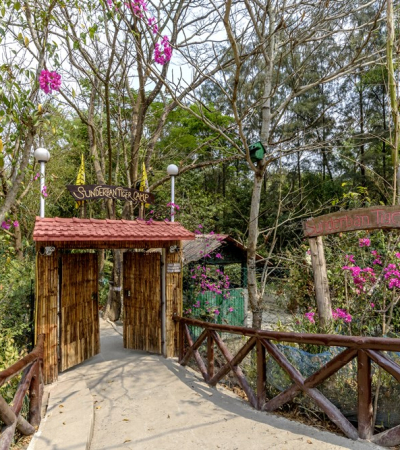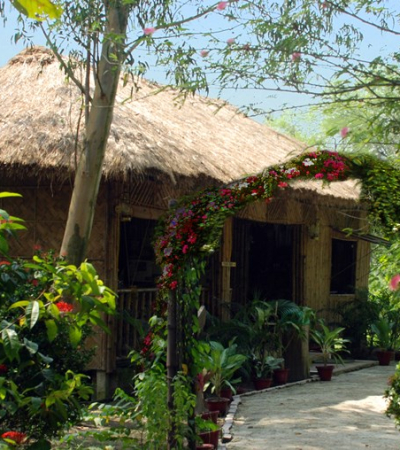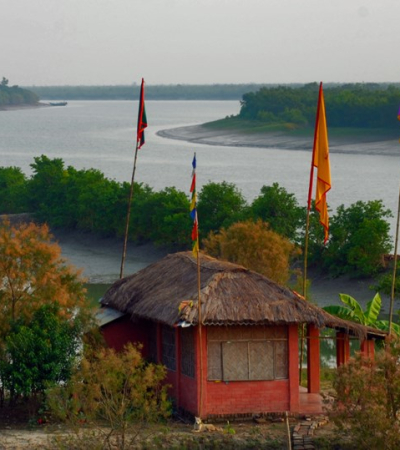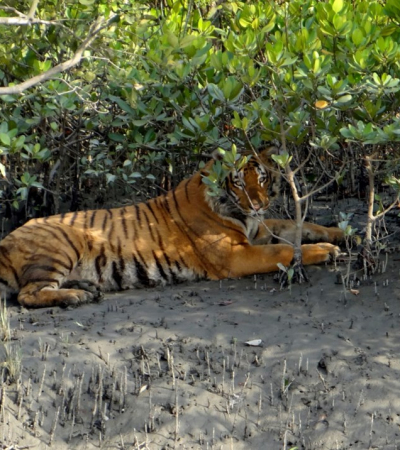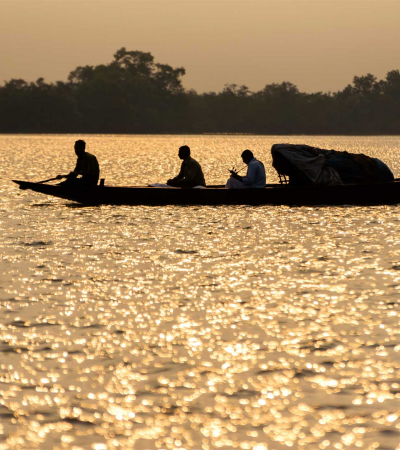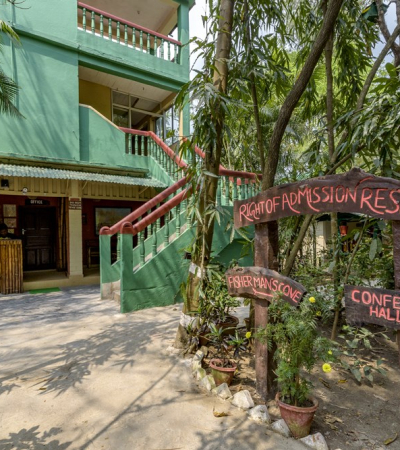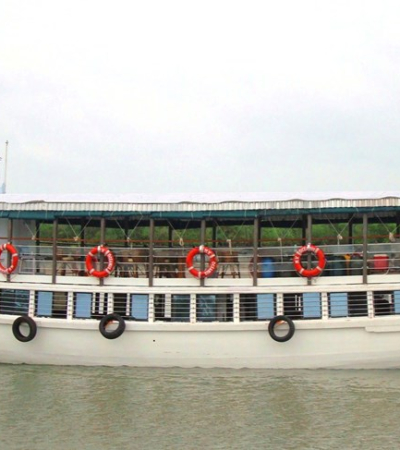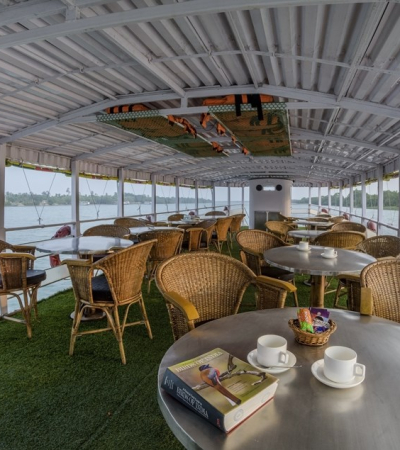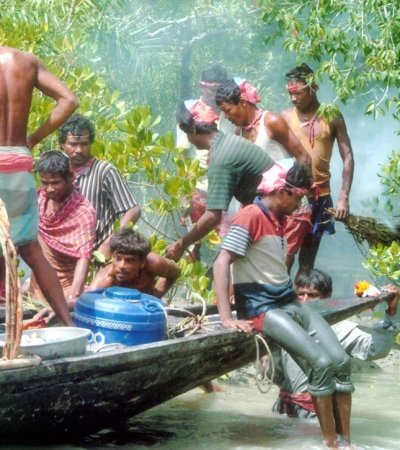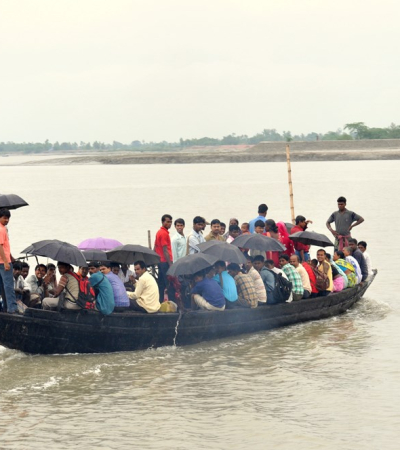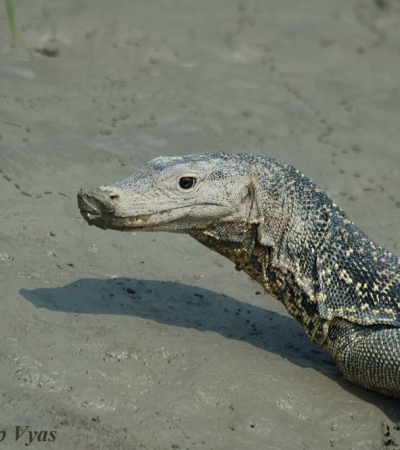The nearest airport is Netaji Subhash Chandra Bose International Airport at Dumdum, Kolkata which is on average 112 km away from the National Park. To reach Sunderban Tiger Camp, drive to Gadkhali Jetty (90 km or 3.5 hours), and from there on take the riverine transportation to Waxpol Ghat (1.5 hours to reach the resort.
Sunderban Tiger Camp
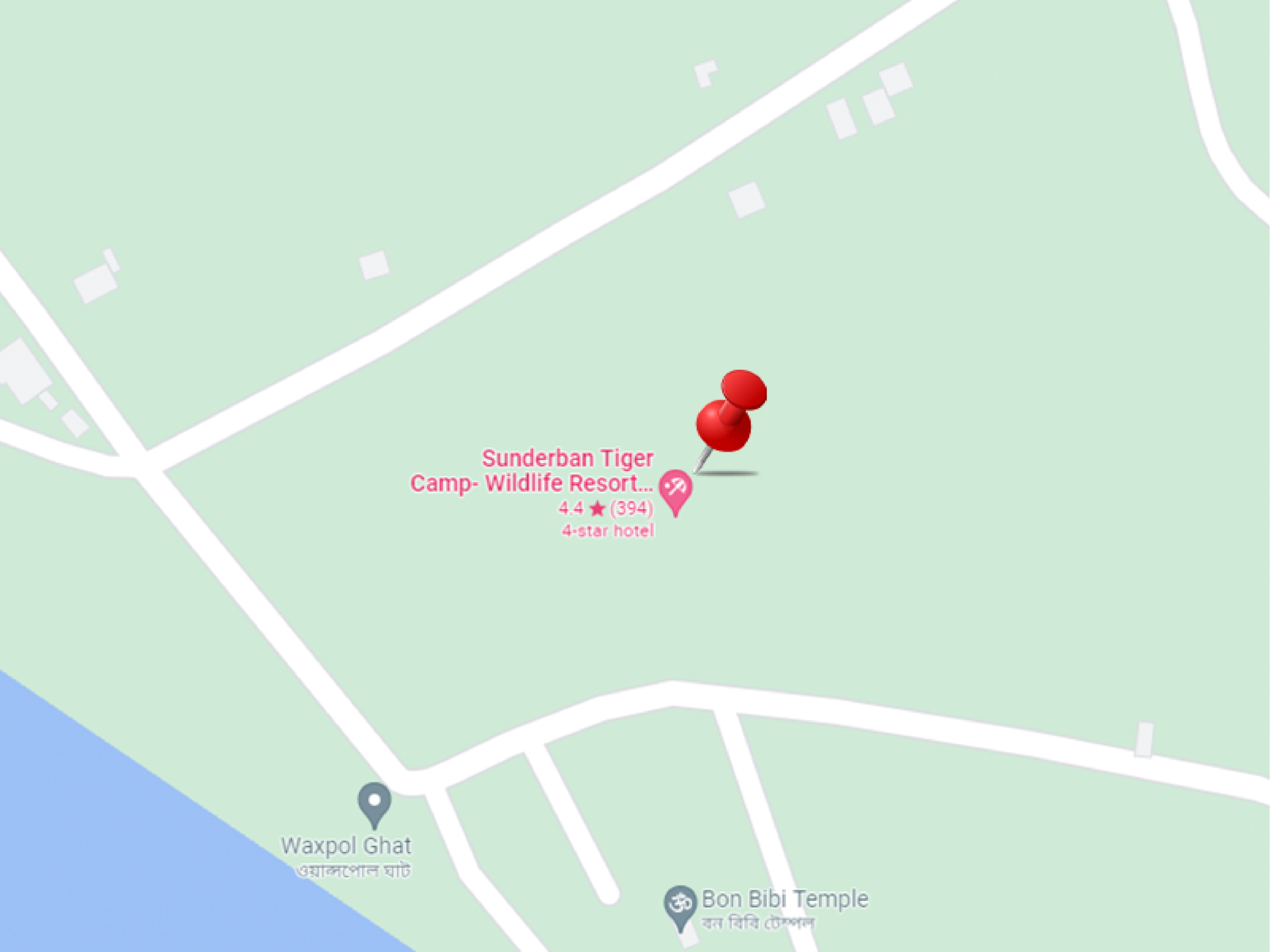
Location
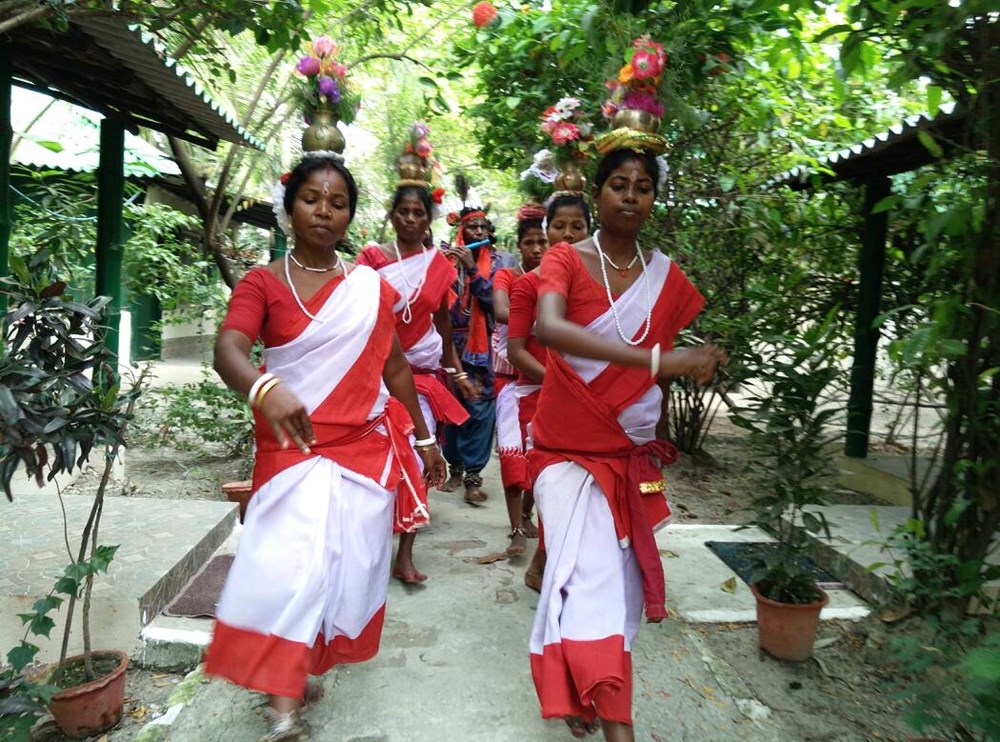
Things to know
- In Sundarbans, all transfers and safaris are by boat.
- Guests have the option to book a day trip, a private tour, or join regular fixed departure tours to the Sundarbans park.
- There is a plethora of itineraries offered by the Sunderban Tiger Camp ranging from day trips to 5-Day immersive itineraries
- The climate is cool and pleasant between November to February; warm in April, May, and June; the monsoon months of July and August are wet and rain-drenched; while the months of September, October, and March enjoy a moderate climate.
- Summer months promise more sightings especially near the ponds by the watchtowers and birdwatching months are best between September to March when flocks of migratory birds visit the region.
- Some of the activities may not be available on a 24-hour basis or without advance request, it is best to book in advance. Fees for certain activities may apply.
- The retreat is suitable for the differently abled (with assistance).
- A special permit for foreign nationals and all non-resident Indians is required.
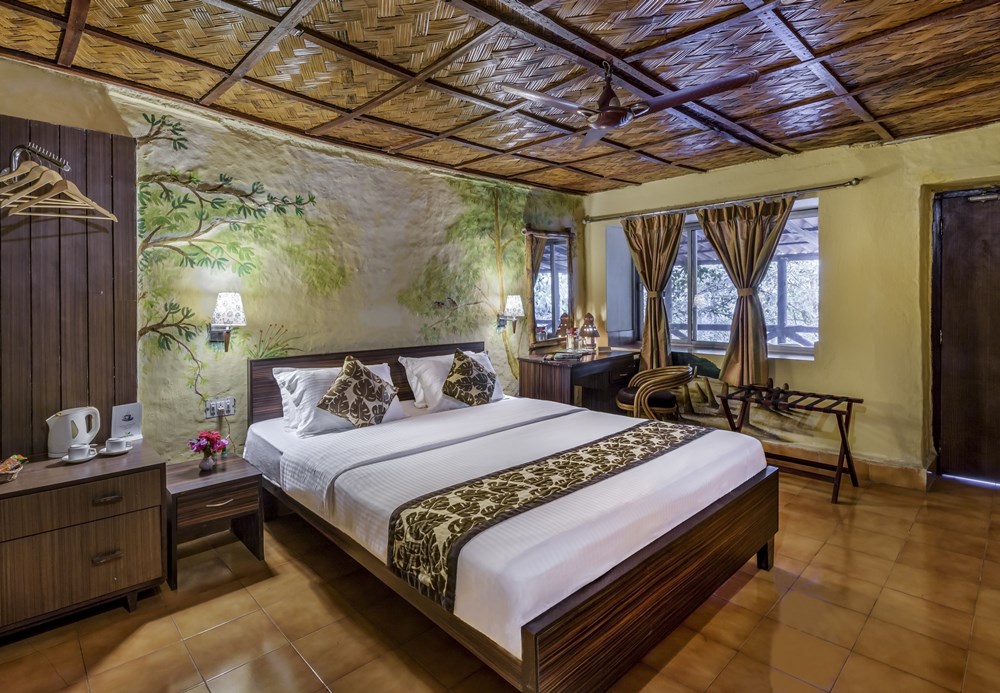
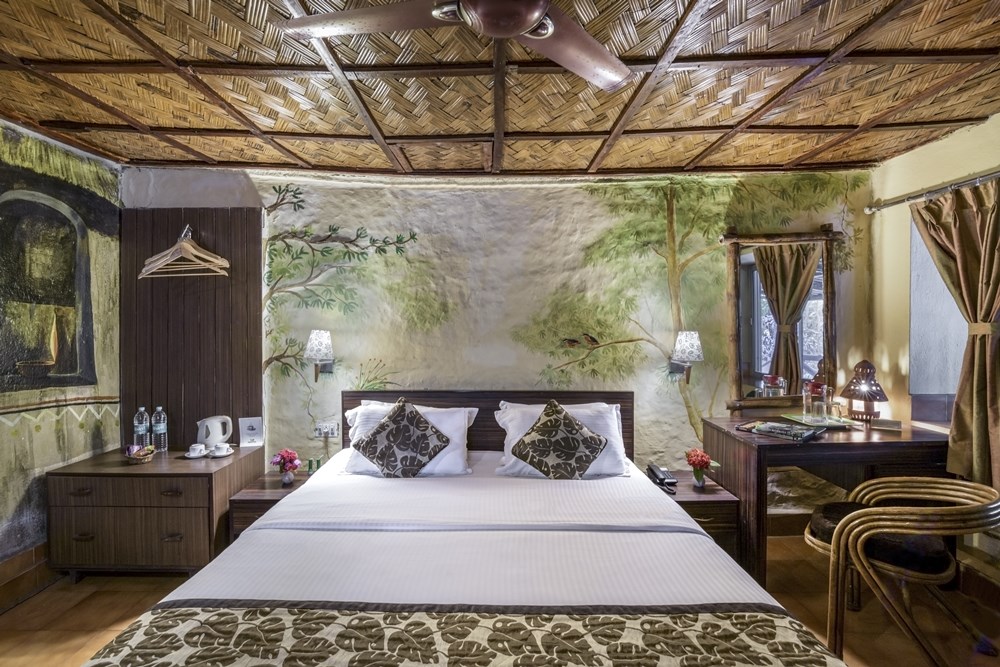
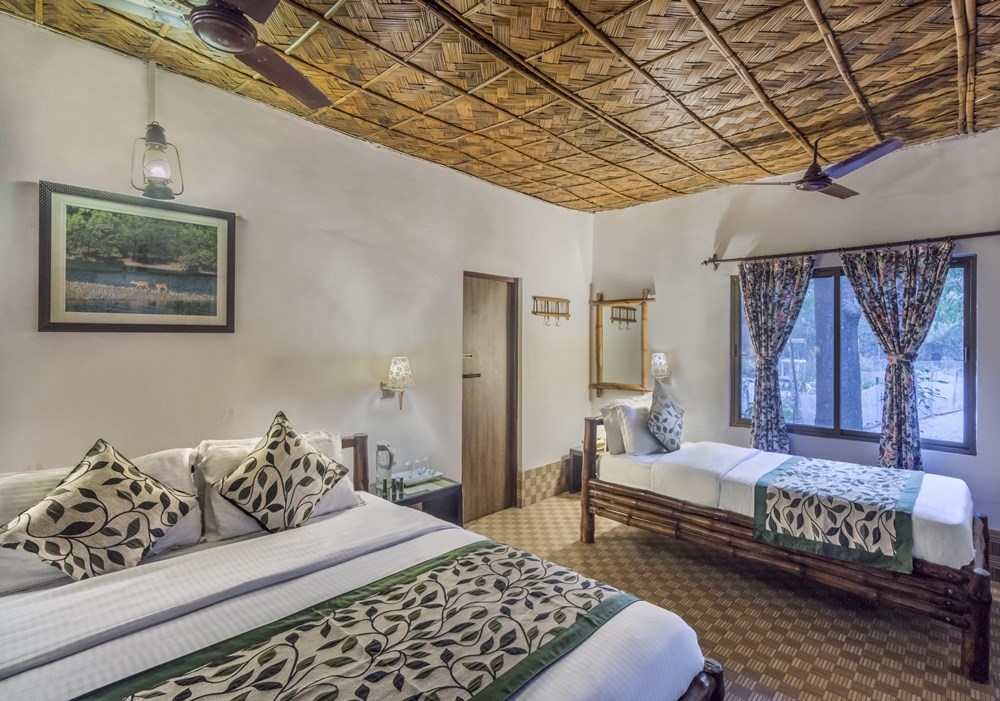
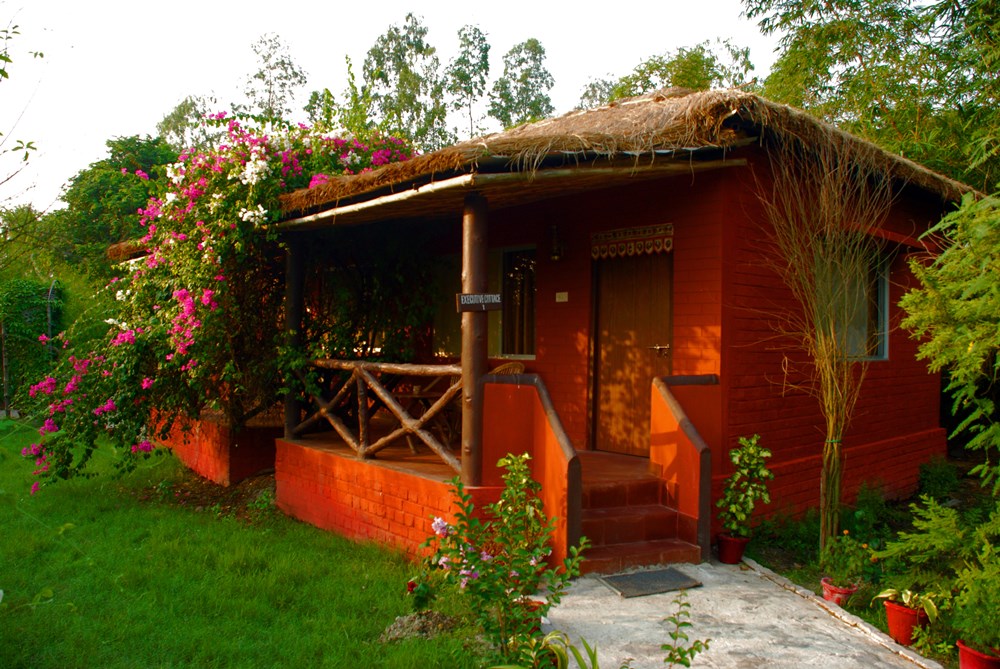
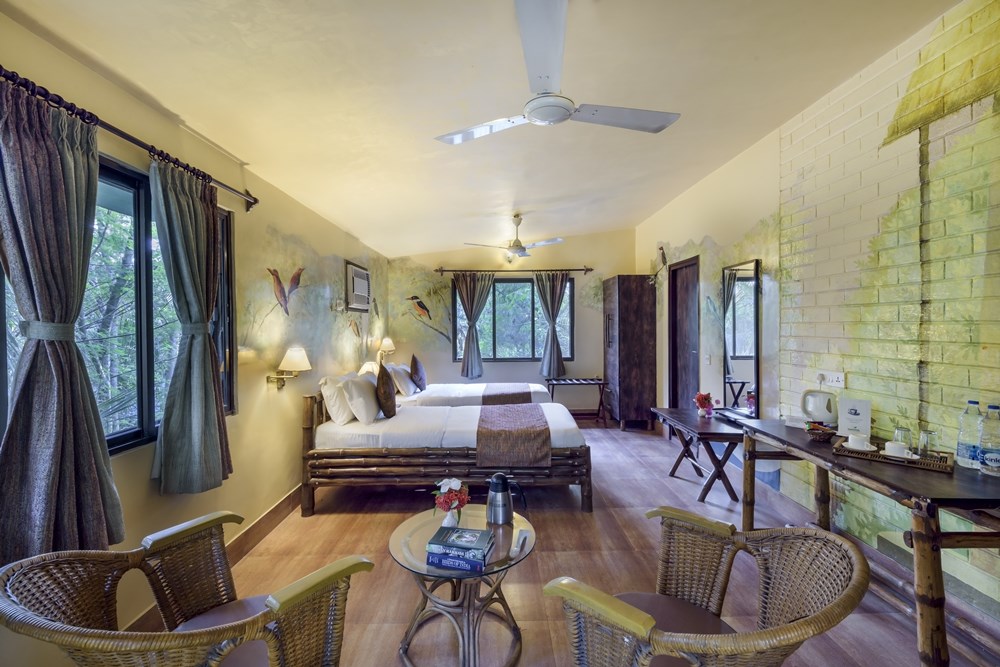
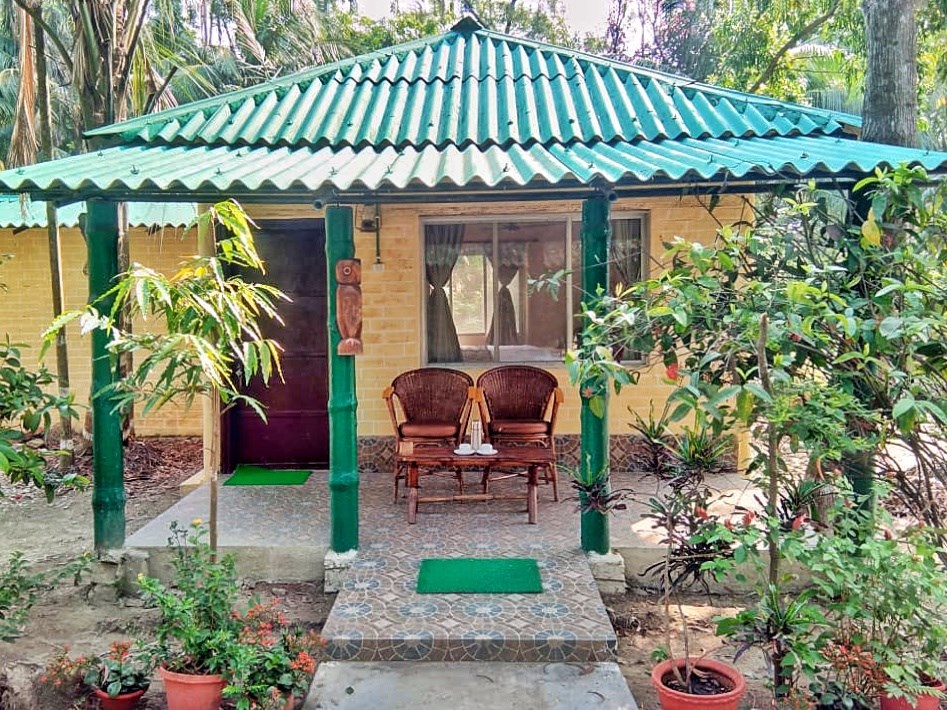
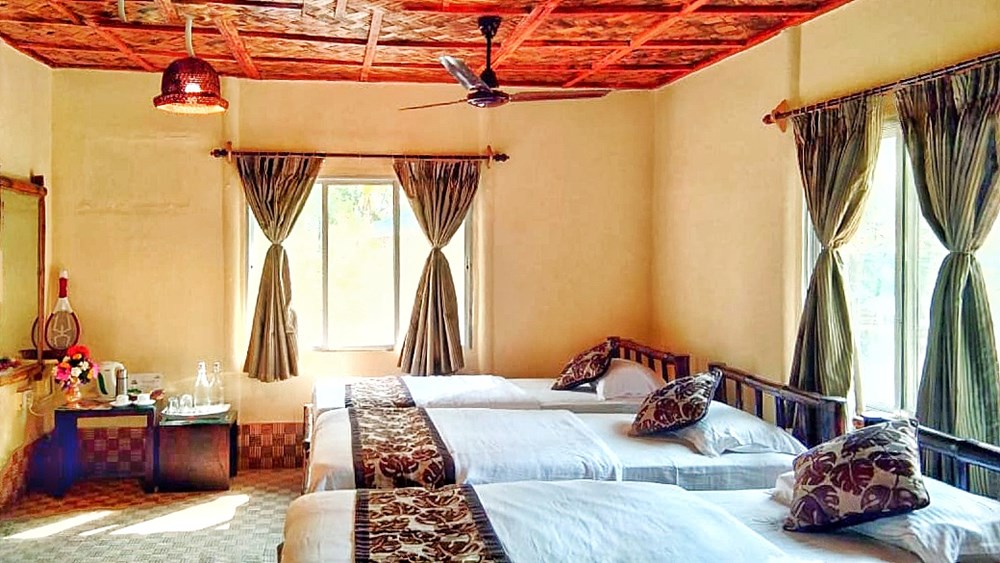
Rooms & Suites
Self-sufficient with solar energy and rainwater harvesting capabilities, the well-appointed rooms cater to hot water 24 hours a day and feature décor that’s rooted in the region and locally sourced. The rooms are divided into five categories, Executive Cottages, Executive Rooms, Deluxe Cottages, AC Deluxe Huts, and Huts. The first three categories are ideal for two people and feature attached balconies and hand-painted interior walls done by a local artist depicting the flora and avifauna that inhabit the Sundarbans. The AC Deluxe Hut and Huts are ideal for a family and can accommodate a maximum of four people. The uniquely designed property incorporates the natural beauty of the surroundings and allows the traveller to immerse in the region’s local traditions.
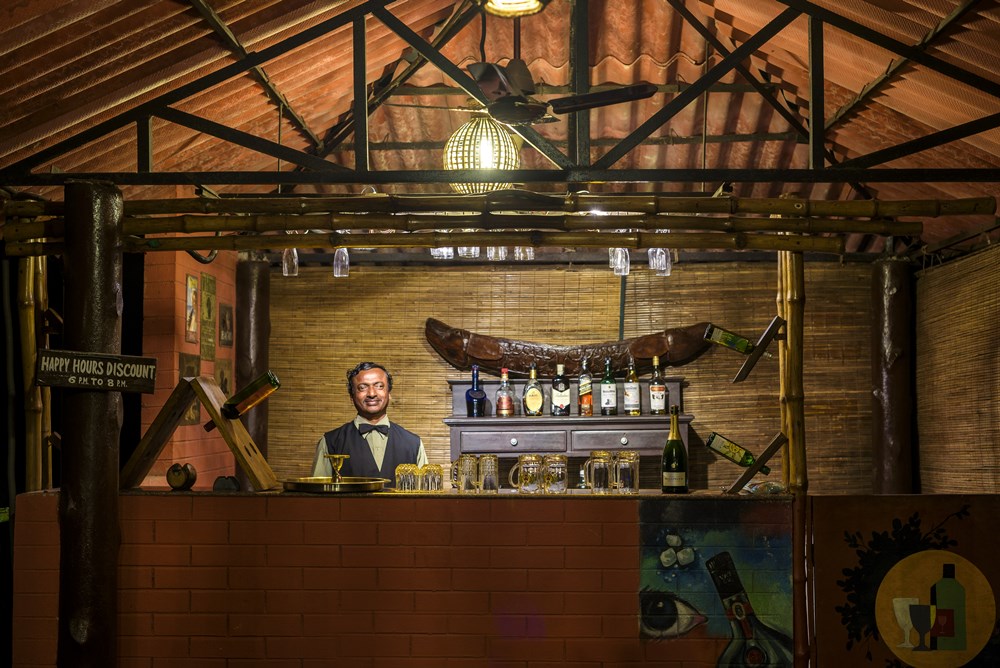

Restaurants & Bars
The camp’s restaurant, The Fisherman’s Wharf, serves local and international cuisine (on request), featuring locally sourced ingredients as far as possible. Authentic Bengali (West Bengal) fare is also on offer; requests can be made to order food according to personal preferences.
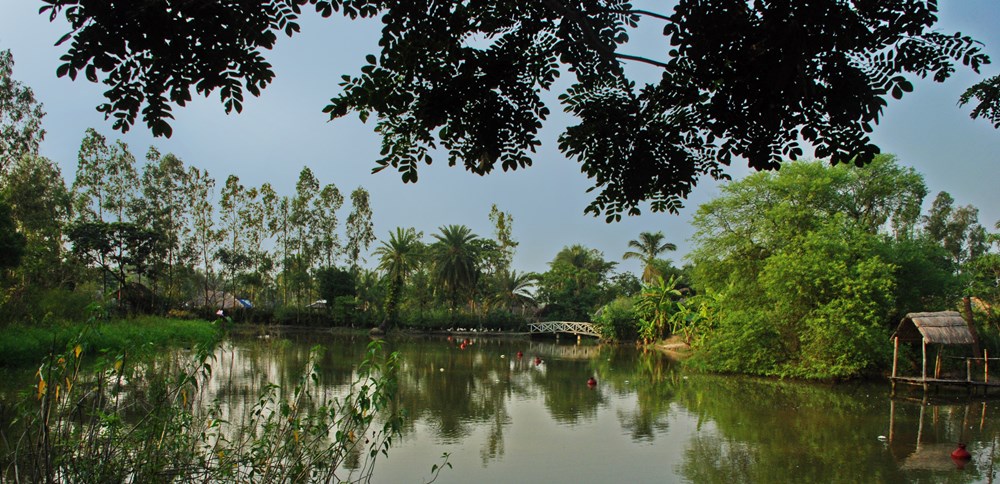
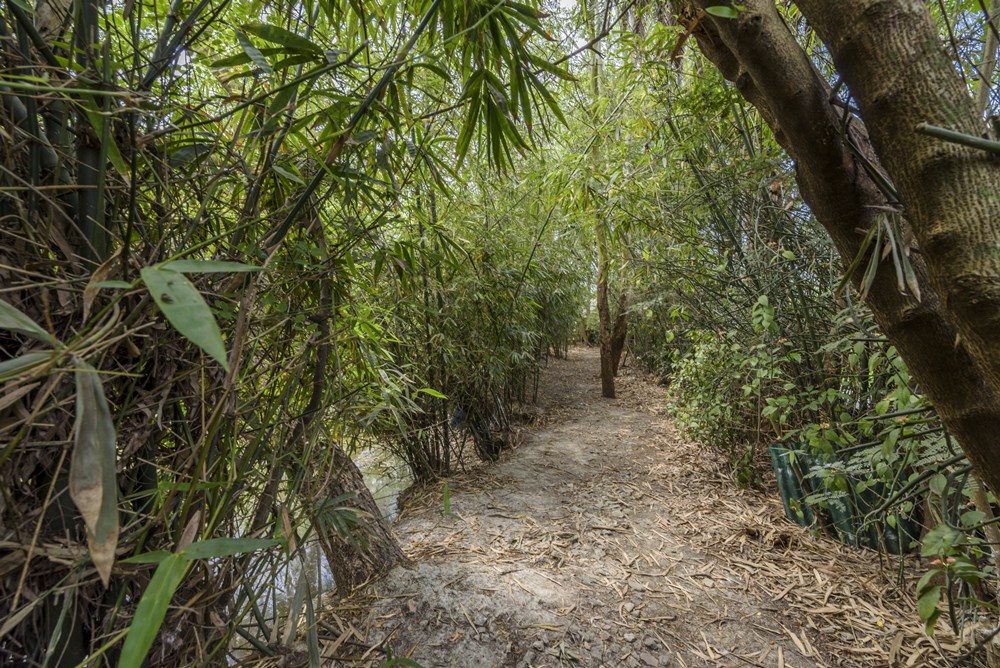
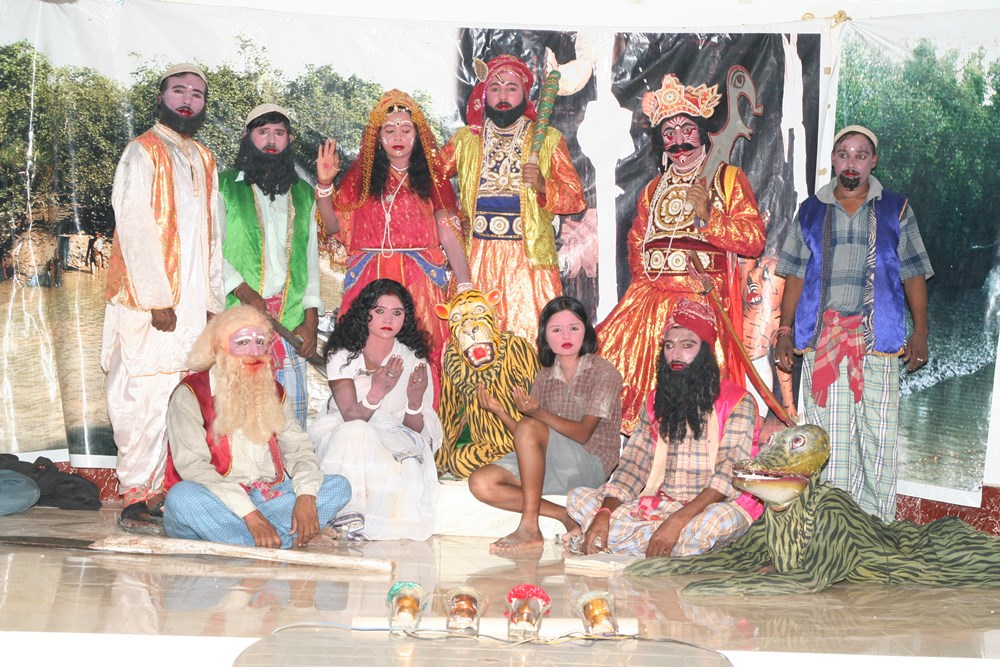
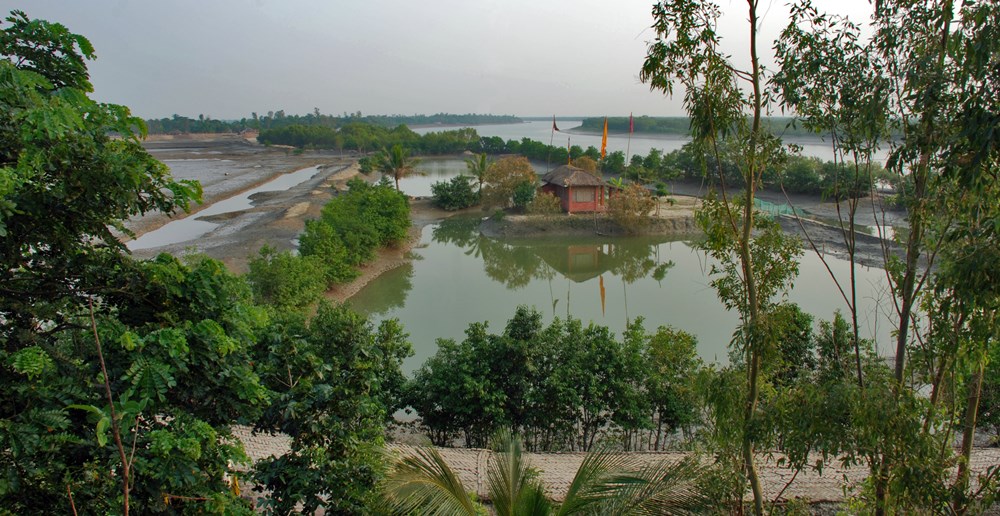
Spa & Wellness
There is no spa or wellness facilities available. The focus of the destination is its wildlife and cultural offerings.
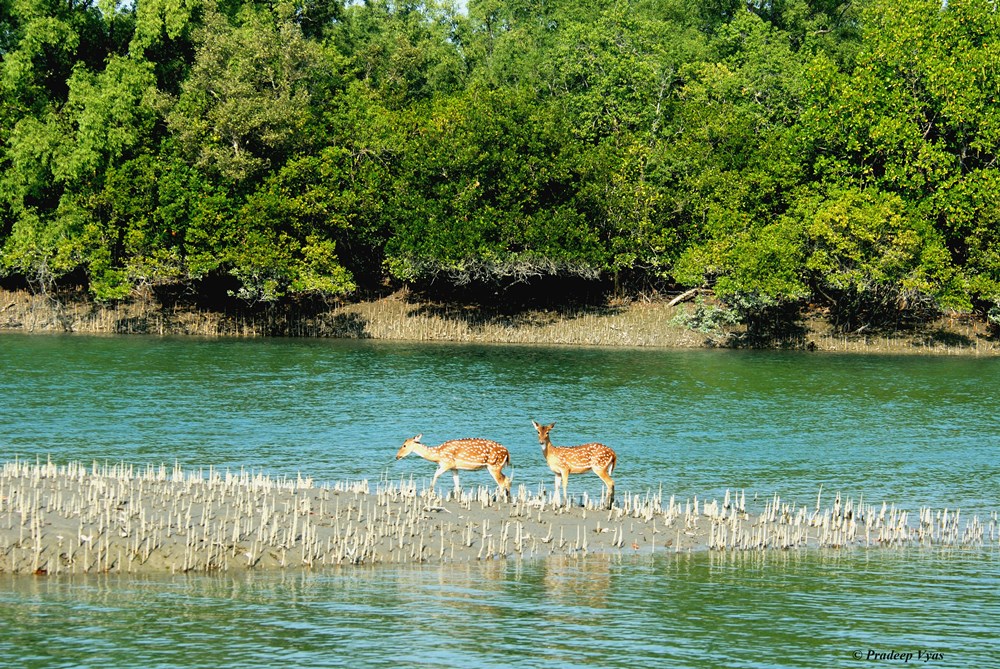
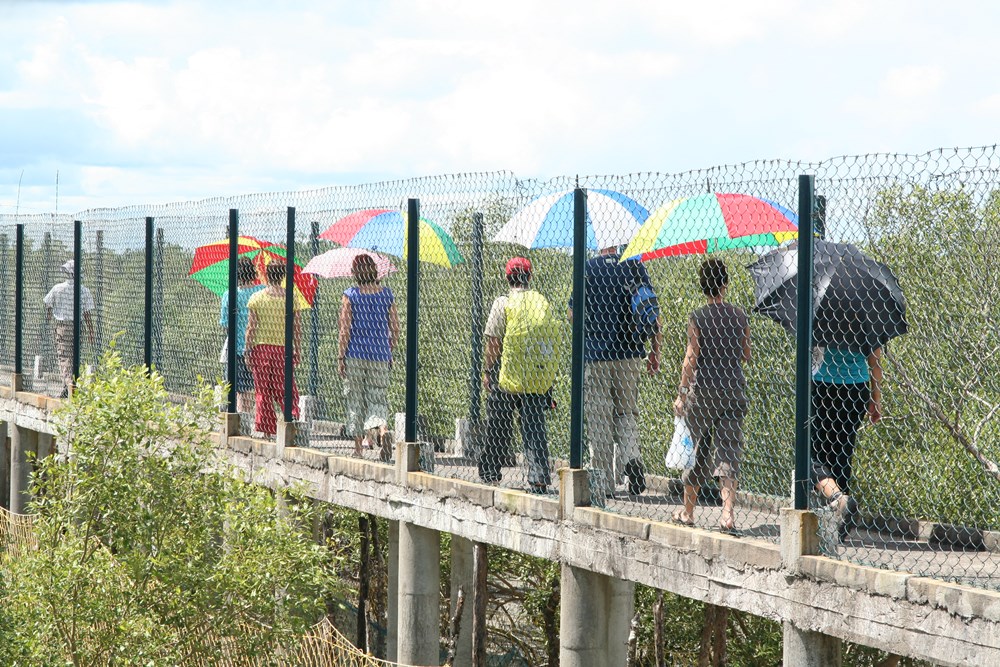
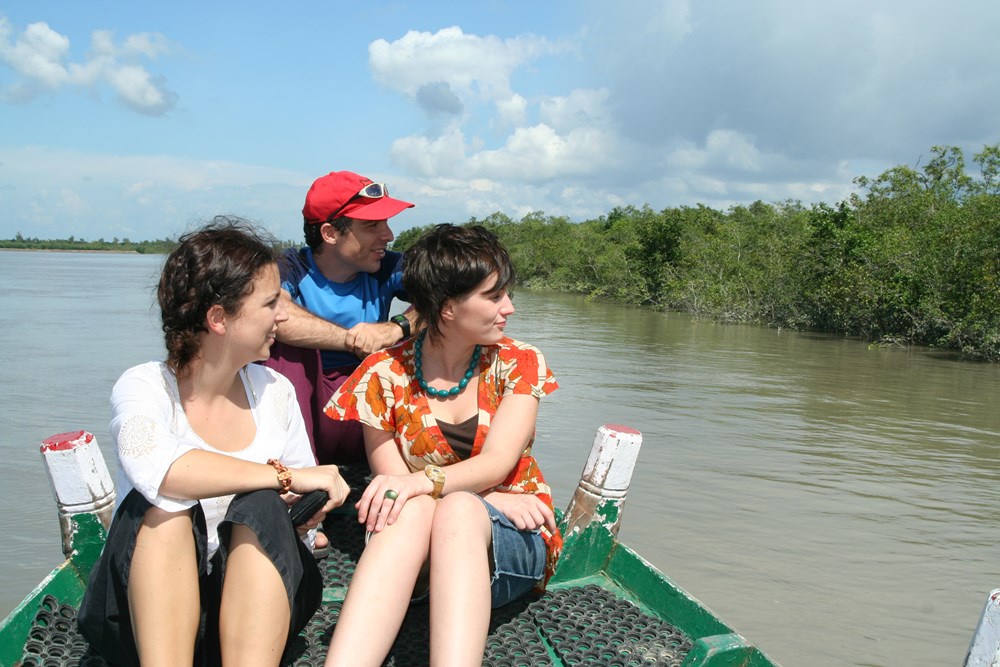
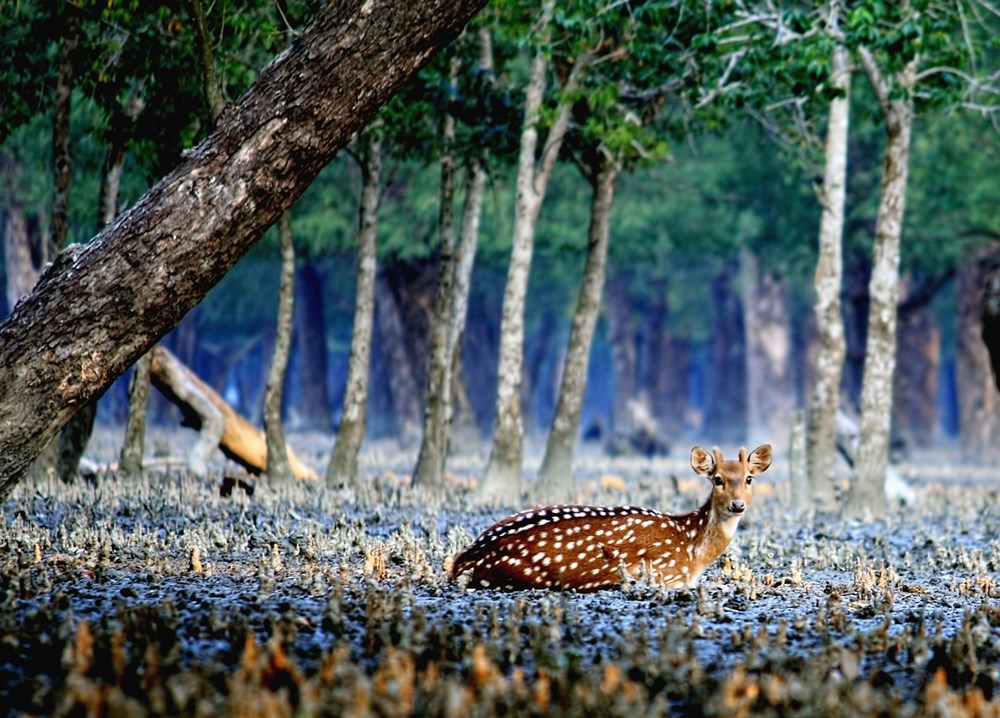
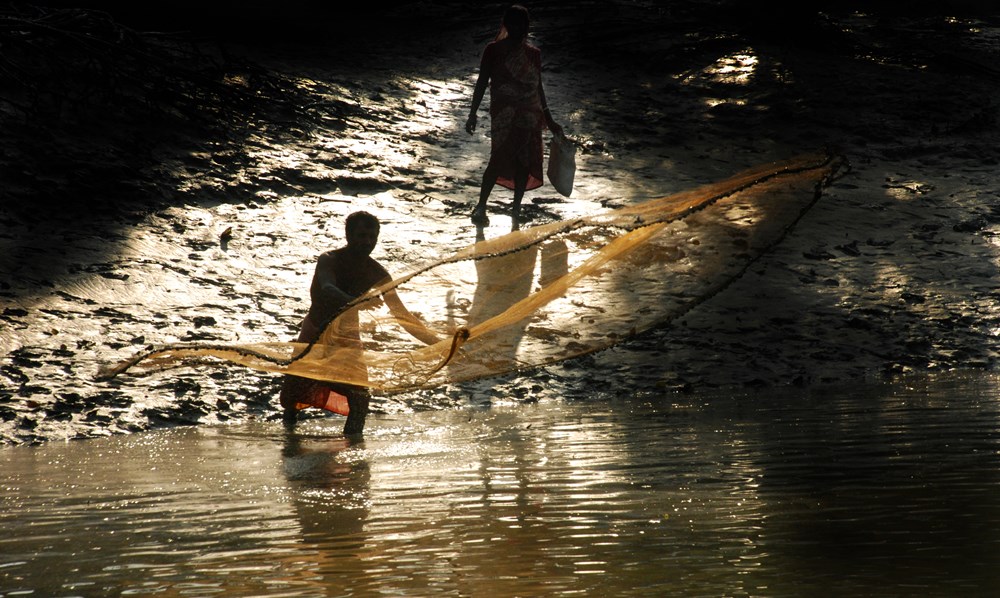
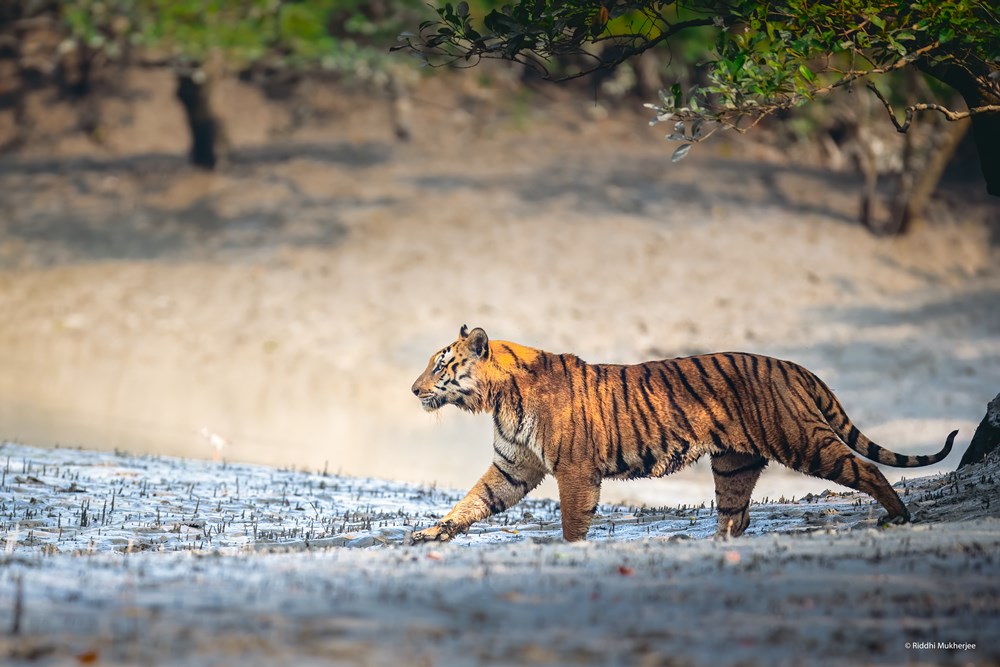
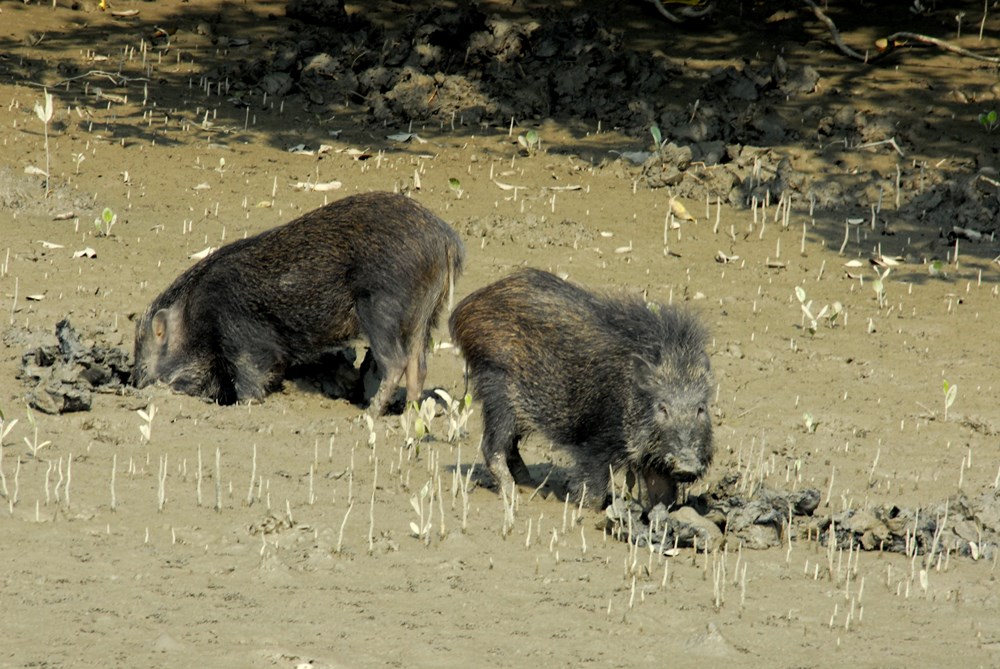
Experiences
Guests are spoilt for choice when it comes to activities at the camp and the wildlife and cultural experiences outside the camp. At the Sundarbans National Park, the experiences are as unique as the location and the distinctive culture of the locals. In-house activities include Adibasi dance, angling, bird walks, and nature walks, Bonbibi Jatra (a drama encapsulating the local folklore), cycling, in-house excursions, and wildlife movies.
The excursions into the Sundarbans include wildlife cruise safaris, photography tours, anthropological and cultural tours, houseboat stays, and nature walks. Guests can also partake in wild cooking demonstrations and culinary experiences that showcase the local regional cuisine with indigenous produce.
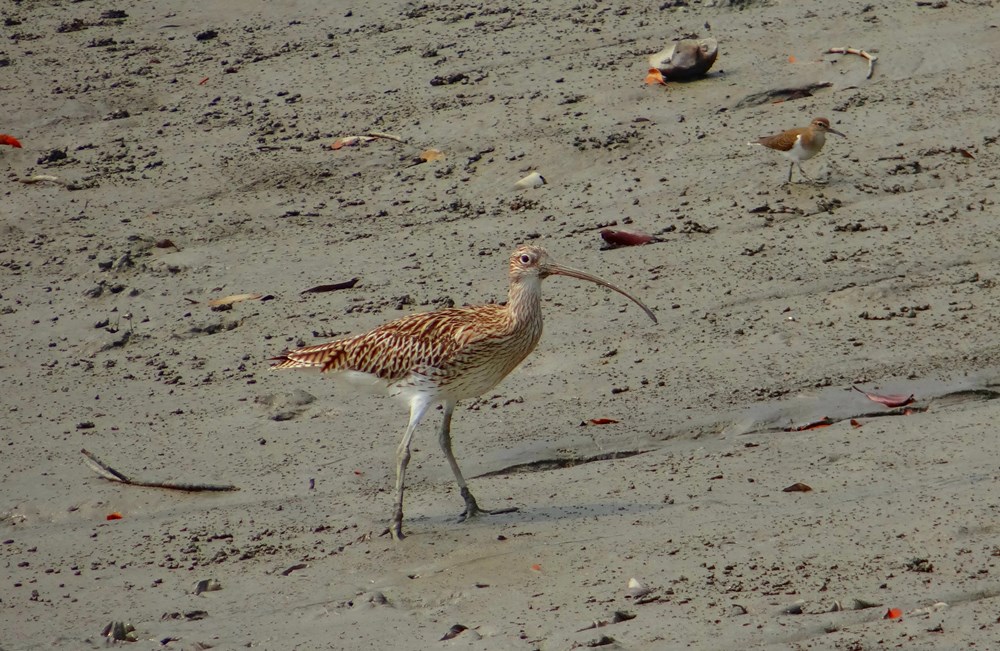
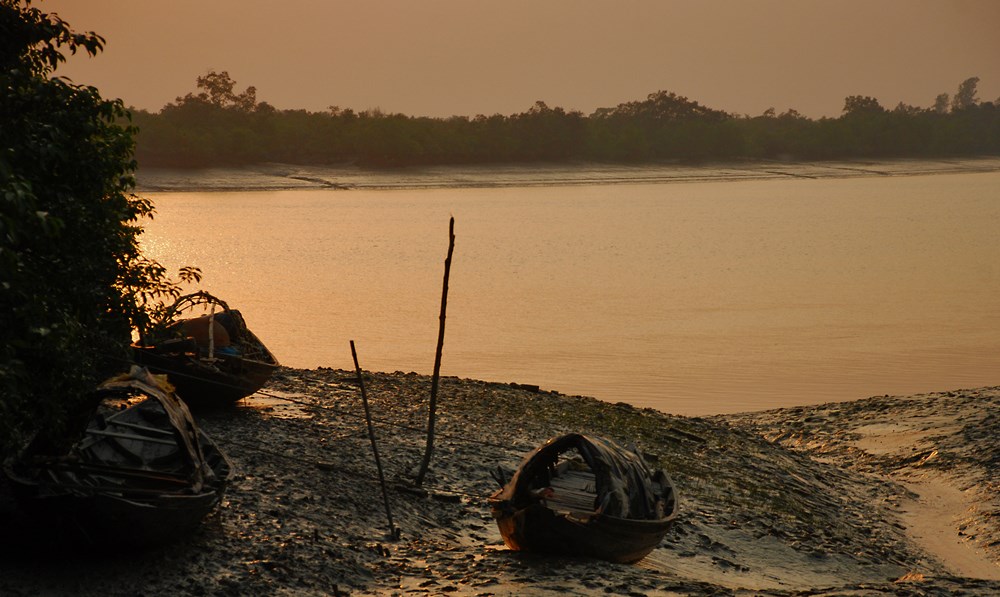
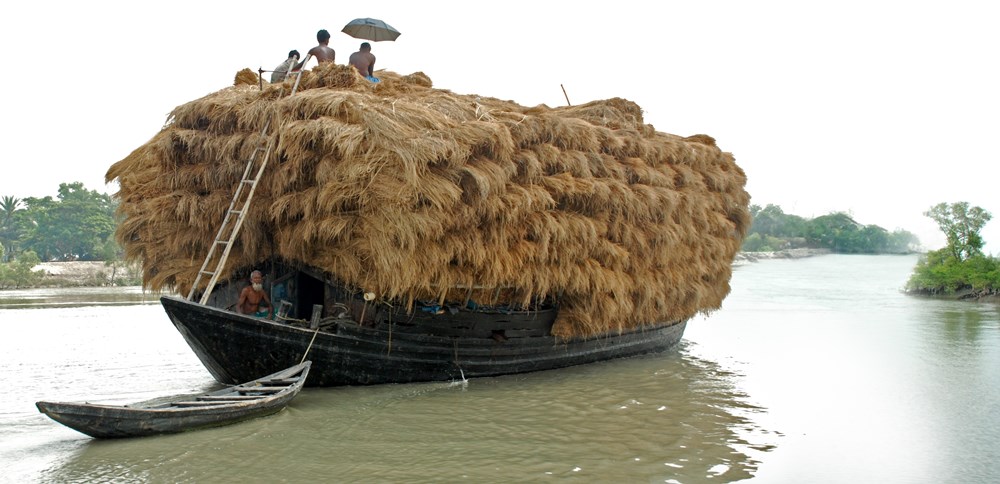
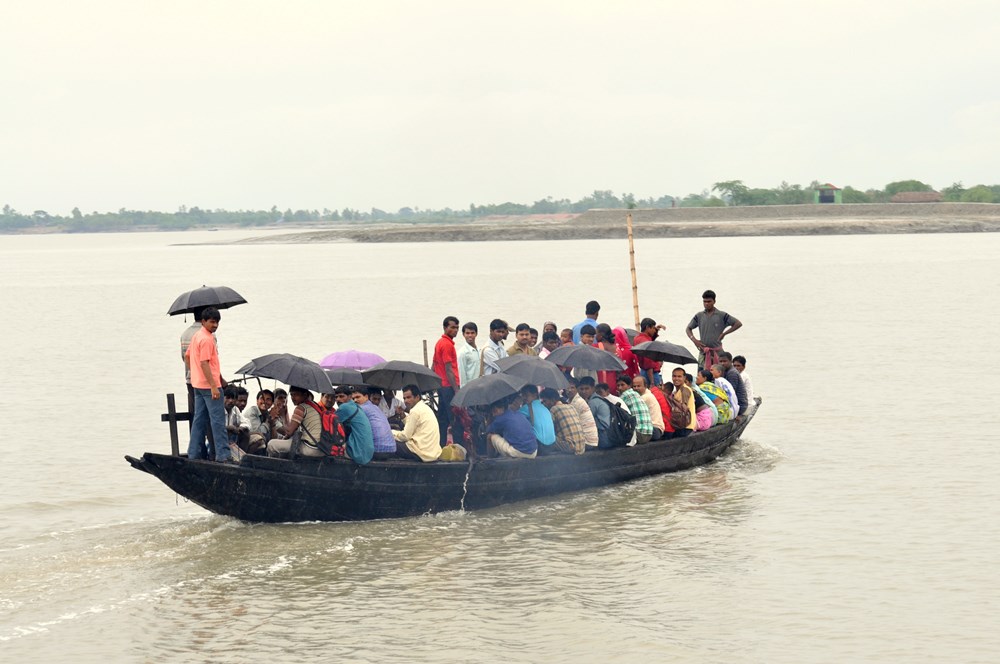
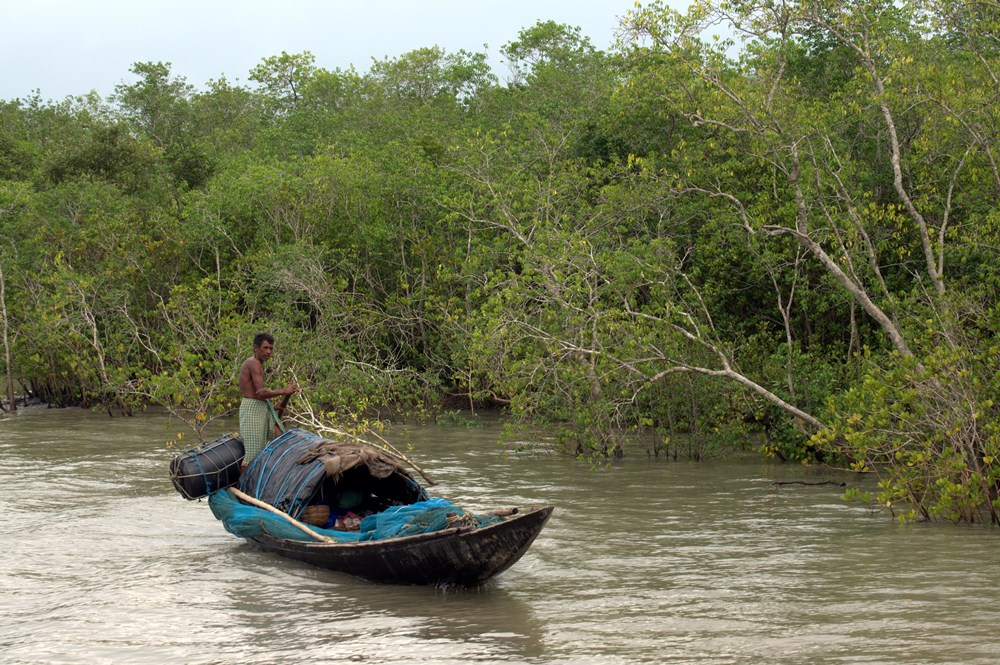
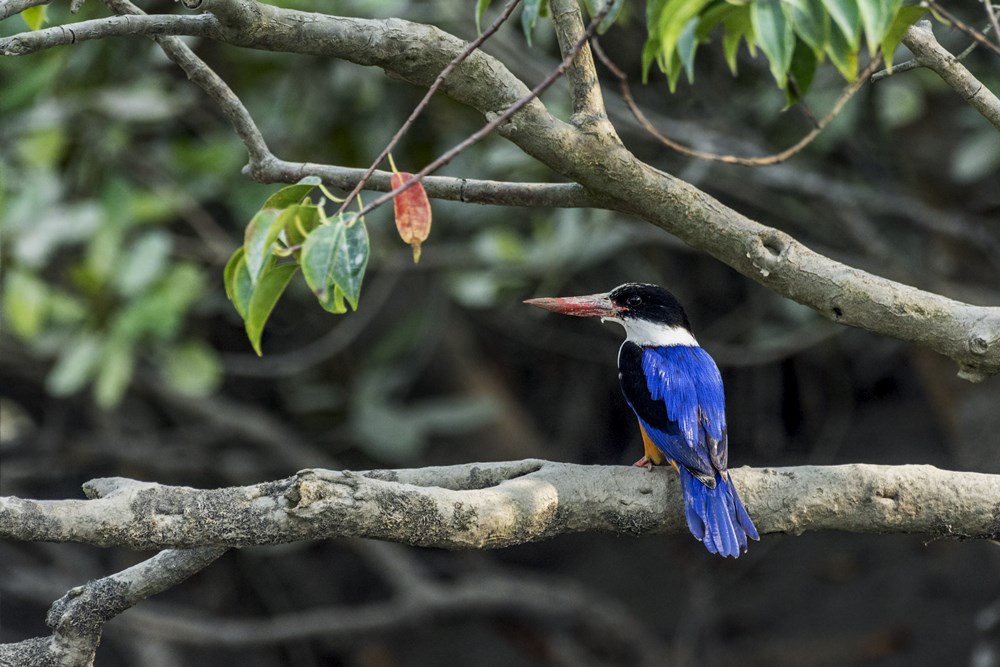
Sustainability and Responsible Tourism
Besides being the first government-approved jungle resort in the Sundarbans and TOFT certified, the camp has played an indispensable role in pioneering sustainable wildlife tourism in the region. The eco-friendly camp, in its endeavor for sustainable and well-managed tourism, is extremely sensitive to the island’s delicate ecology. It is also self-sufficient with solar energy and rainwater harvesting capabilities. Local cultural shows are organized in the camp to showcase local culture. The uniquely designed property incorporates the natural beauty of the surroundings and allows the traveler to immerse in the region’s local traditions.

